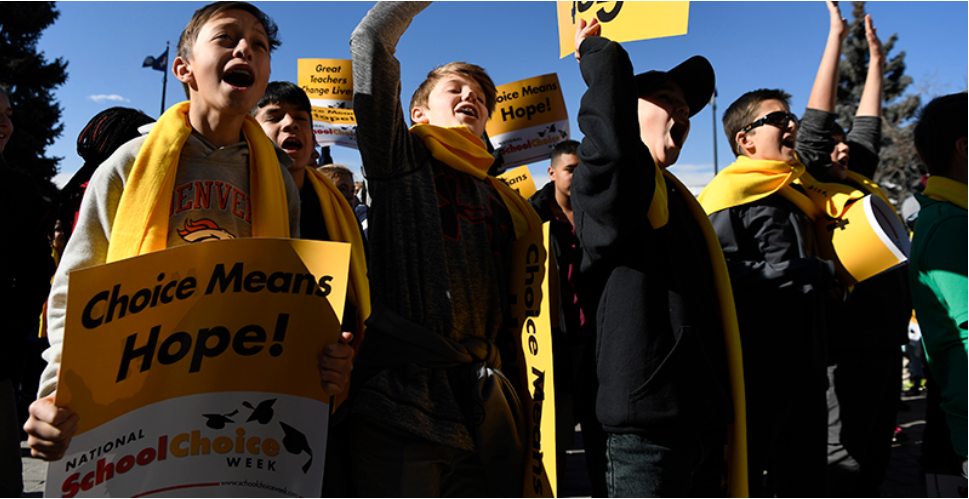 Editor’s note: This commentary from Aaron Smith, director of education policy at the Reason Foundation, characterizes Florida as “the nation’s school choice bellwether.” It appears today on the National Review.
Editor’s note: This commentary from Aaron Smith, director of education policy at the Reason Foundation, characterizes Florida as “the nation’s school choice bellwether.” It appears today on the National Review.
As public-school battles over masks, vaccinations, and critical race theory continue, one thing is for certain this year: The demand for school choice will be stronger than ever.
Yet misconceptions about school-choice programs draining funding from public schools still abound. As students head back to the classroom and state legislators get back to session this fall, it’s critical we understand where education dollars are really going.
The reality is that spending on school-choice programs pales in comparison to recent increases in employee- and retiree-benefit costs for education systems across the country. Today, state spending on school-choice programs such as vouchers, education savings accounts, and tax-credit scholarships accounts for less than 0.4% of total U.S. K–12 public-education expenditures.
To put this in perspective, if school choice were defunded in, say, Maryland, Utah, and Mississippi, the states’ savings could boost public-school funding by less than $10 per student in each state — and that’s before accounting for the costs of absorbing private school students back into district schools.
Even Florida, the nation’s school-choice bellwether, could save only an extra $405 per student if choice programs were cut — a small fraction of what it spends on public schools each year.
To continue reading, click here.


